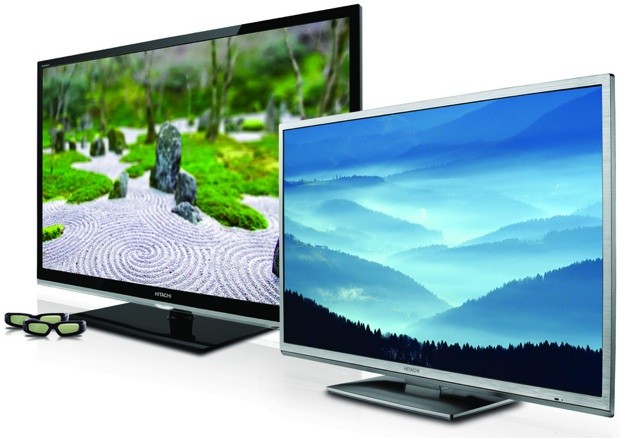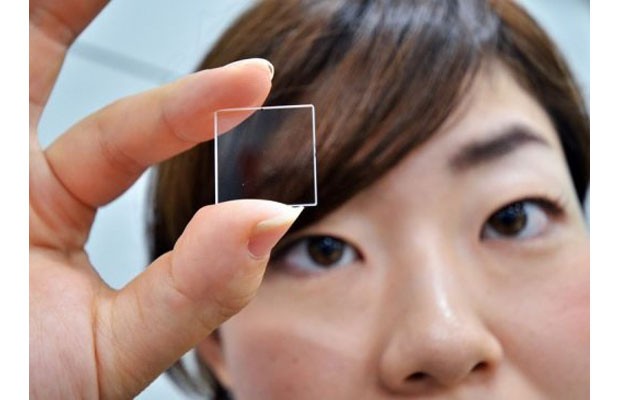 Although Hitachi was one of the first in line to promise support for Roku Streaming Sticks through MHL, it didn't have much more to say without the TVs to back up the claim. The second half of the puzzle is complete now that the company's fall TV revision is underway. Snag its new UltraVision UltraThin S606 TV in its one of its 42-, 46- or 55-inch sizes and you can discreetly (if optionally) hide the equivalent of a full Roku box in one of the HDMI inputs. The S606 sits strictly in the mid-range, however. Its 120Hz, edge-LED LCD design is superceded by the W806, which comes only in 48- and 55-inch sizes while carrying 3D, IPTV support and WiFi. Those who can get by on 60Hz refresh rates can opt for the Value line, where the H306 and S406 offer 720p in 29- and 32-inch dimensions; a third H316 line brings 1080p to those same sizes while adding a 39-inch panel. Hitachi hasn't said whether stores are stocking the TVs today, but it sees pricing ranging from $329 in the smaller Value sets to $1,399 for the largest W806 variant.
Although Hitachi was one of the first in line to promise support for Roku Streaming Sticks through MHL, it didn't have much more to say without the TVs to back up the claim. The second half of the puzzle is complete now that the company's fall TV revision is underway. Snag its new UltraVision UltraThin S606 TV in its one of its 42-, 46- or 55-inch sizes and you can discreetly (if optionally) hide the equivalent of a full Roku box in one of the HDMI inputs. The S606 sits strictly in the mid-range, however. Its 120Hz, edge-LED LCD design is superceded by the W806, which comes only in 48- and 55-inch sizes while carrying 3D, IPTV support and WiFi. Those who can get by on 60Hz refresh rates can opt for the Value line, where the H306 and S406 offer 720p in 29- and 32-inch dimensions; a third H316 line brings 1080p to those same sizes while adding a 39-inch panel. Hitachi hasn't said whether stores are stocking the TVs today, but it sees pricing ranging from $329 in the smaller Value sets to $1,399 for the largest W806 variant.
[Source: Engadget - Click here to read the full story]

